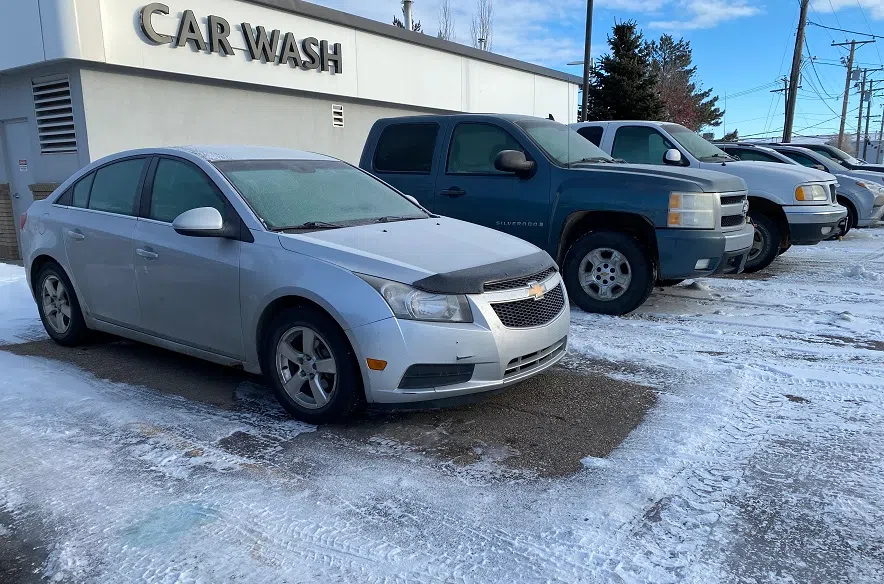Another cold spell in Saskatchewan has many people in the province bundling up, but we aren’t the only ones feeling the effects of winter.
Many cars are also battling through the frigid temperatures to get you to your destination.
It’s important to plug your vehicle in, as well as warm it up before hitting the roads.
Read more:
- Cold warning chills Saskatoon as 1,500 people are homeless
- Tips to keep your pets safe during a cold Saskatchewan winter
- Winter brings threat of silent killer carbon monoxide
Robert Scott, owner of Glenwood Auto Service, said you could damage your vehicle if you don’t plug it in when it gets cold.
“Cars will get condensation build up in the engine and they can freeze up the PCV system, which is the breather system for the engine and that engine has to breathe,” he said.
Scott said he recommends that people change the PCV Valve every three to five years.
“That’s the breather valve, on a lot of engines that’s where that condensation will end up,” he explained.
This could then cause the valve to freeze up, not allowing the engine to breathe.
Scott said it’s recommended to let your car run for 10 to 15 minutes so it can reach an operational temperature.
Operational temperature varies depending on your vehicle but most vehicles fit into the range of 90 to 104 C or 195 to 220 F.
As for when you should plug in your vehicle, Scott said once the temperature hits -15 C you should grab your extension cord and block heater.
“The block heater is plugged into the engine,” he said. “That (the block heater) just keeps that engine nice and warm.”
This results in the coolant and oil being warmer than if you didn’t plug in your car.
Scott said on average he sees over a dozen customers who come in during the winter because they didn’t warm up their vehicle or it wasn’t plugged in.
“We had one last week where the condensation in the engine caused the inside of the engine to freeze up,” he said. “It was a bunch of ice build up in the engine, we had to take it apart and get all that condensation out.”
Scott said to keep an eye on your tire pressure as well.
“We recommend in the cold weather .. to keep your tire pressure two to three PSI above what the door sticker says,” said Scott. “Temperature will affect your tire pressure and when it gets really cold your tire pressure will go down.”












